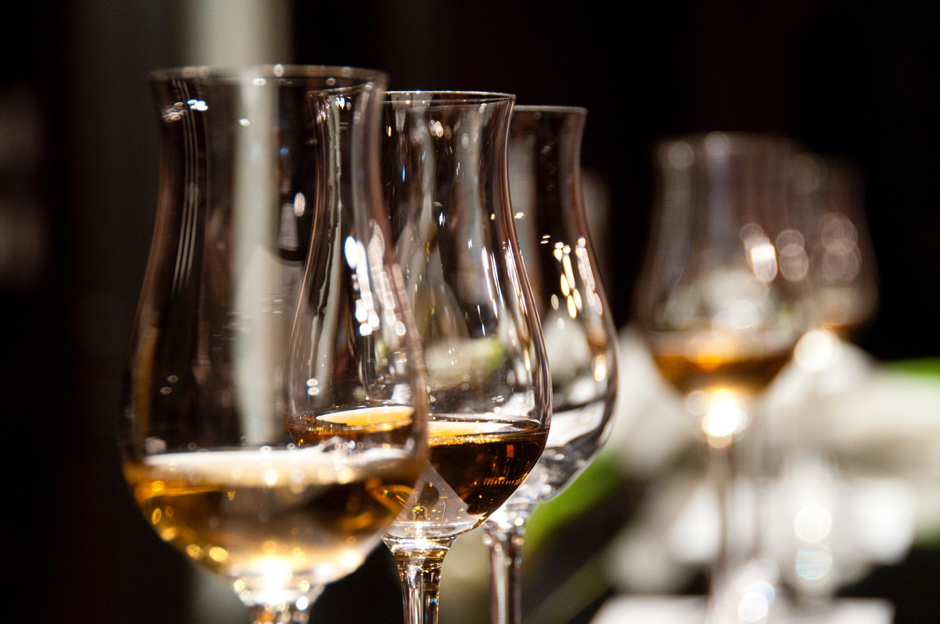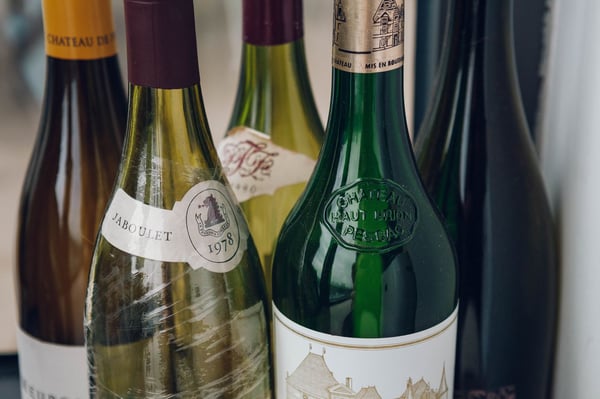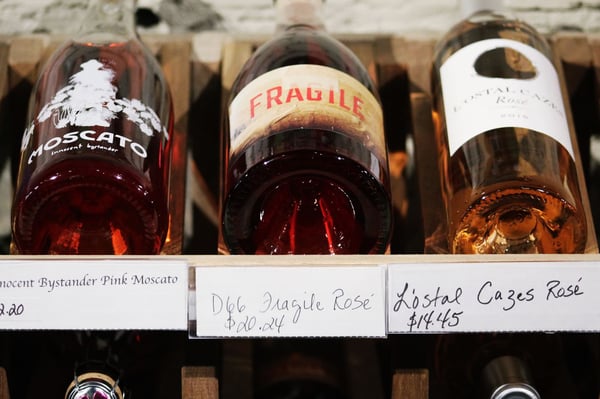With our guide to wine and food pairing under your belt, there’s another trick you can use to amplify the taste of your tipple. Did you know that the shape of wine glasses affects the flavour?
Seriously, it’s not just wine etiquette. There’s scientific evidence to prove it.
The science of perfect wine glasses
The geometry of a glass influences wine by controlling the way vapour leaves the fluid, according to research by the Tokyo Medical and Dentistry University,
In 2016, the Japanese medical group conducted a study recording and mapping ethanol vapours leaving wine glasses. The study aimed to determine how vapours enter the nose, not just for the wine tasting perks.

Sips about to go down
If you want to test the science for yourself, here’s a guide to the glasses you should be drinking from:
1. Glasses for white wines
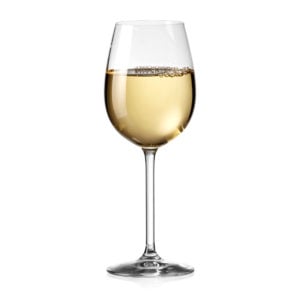
Due to their complex flavour profiles, white wines should stay chilled with limited exposure to oxygen. Therefore, they are best enjoyed in tall, U-shape wine glasses with a smaller bowl. This helps to preserve floral aromas, maintain a cooler temperature and deliver the aromas to the nose.
If your white wine is fuller bodied or has some oak influence, a taller glass would be beneficial. By directing the wine to the back of the tongue, you will taste the bolder flavours more intensely.
2. Glasses for red wines
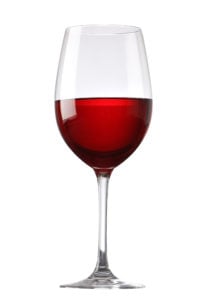
Red wines tend to have a fuller body and a stronger flavour. With a number of different aromas, the taste of your red wine can be highly dependent upon their oxygen exposure.
When oxygen and wine bind together, new flavours and scents emerge. A wide bowled glass allows the wine’s taste to continuously develop. This creates an ever-changing experience that would not be possible in a white wine glass as the opening restricts the oxidisation process.
3. Glasses for sparkling wine and Champagne
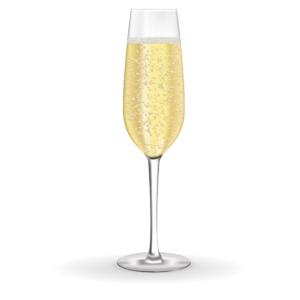
The secret to the fizz in Champagne is simple CO2, and those bubbles can dissipate quickly if given a chance. By using tall, narrow glasses for sparkling wines, you’ll keep the wine carbonated for longer due to the smaller surface area. (Read more about how sparkling wine and Champagne get their bubbles.)
4. Special glasses for tasting
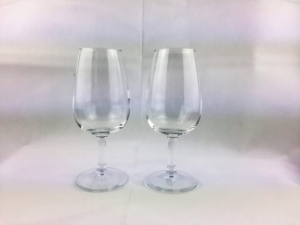
When professionals taste wine, they tend to use ISO tasting glasses. This ensures a consistent volume and shape for comparing wine at different events. They’re not especially attractive and they are a little on the small side if you’re drinking for pleasure.
Dat glass tho’
A wine glass can improve or impair your wine experience. The right glass allows you to explore all the intricacies that the winery intended, while the wrong glass will flatten and simplify the wine.
It’s important to note that the most expensive glasses are not necessarily the best for your wine. Cut crystal glasses are heavy and don’t always provide the shape and space needed. On a more practical note, they aren’t always happy in a dishwasher. A plain, clear glass will better respect the wine’s colour and complexity.

